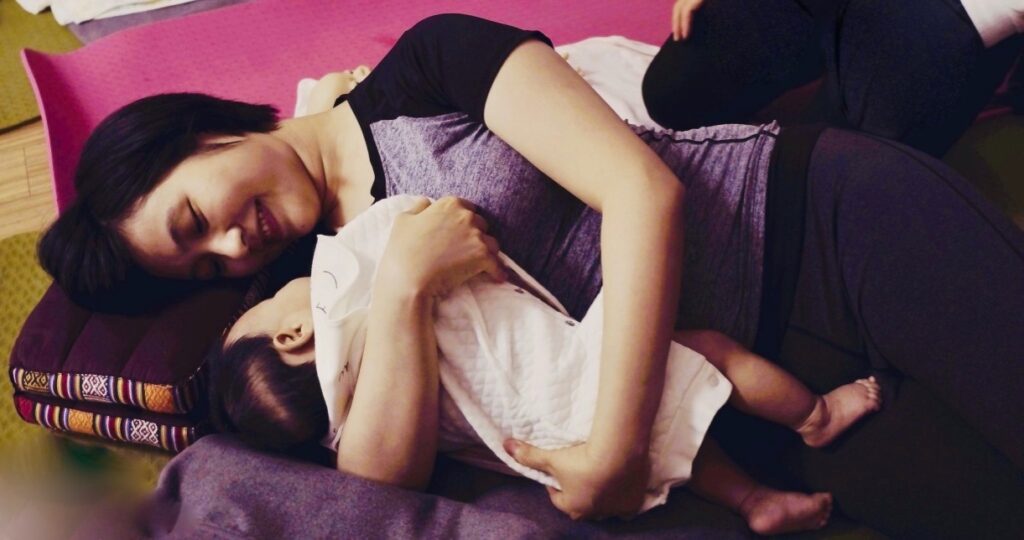Postnatal Yoga Teacher Training: Support New Mothers’ recovery with Fourth Trimester Yoga
Why Train in Postnatal Yoga: A Guide for Teachers
Maybe you already teach yoga for pregnancy and the women in your classes would like to come back a join your classes after birth? Or maybe you’re curious how you could better support women who’ve had a baby recently when they want to come to your general classes? Or perhaps you support women through labour and birth and would like to offer them specialist care after birth to recover? Postnatal yoga requires specialised knowledge that goes beyond standard yoga training. Support new mums’ recovery with Fourth Trimester Yoga aka Postnatal Yoga and enrich your teaching and train to serve women at a pivotal time in their lives.
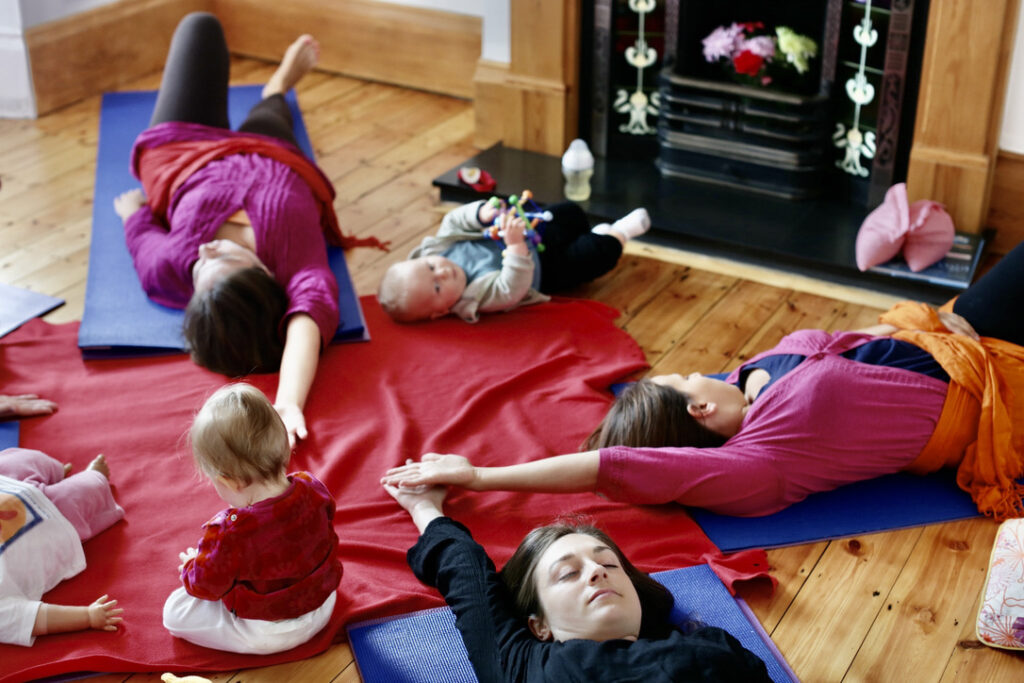
Begin Supporting Women With Gentleness, Not Pressure
One of the most powerful aspects of Birthlight postnatal yoga is that very gentle adapted practices can be started even within hours after birth, days or in the early few weeks. It’s crucial to understand that this early start is absolutely not about pressuring new mothers to “bounce back” or emulate unrealistic celebrity postpartum standards. Quite the opposite—these incredibly gentle techniques are about nurturing, comfort, and subtle support for the body’s natural healing processes. The early practices honour the profound individual journey the new mother’s body has undertaken and provide a sanctuary of rest and restoration, not a path to imposed aesthetic goals.
Postpartum Yoga Support Through the Physical Demands of Early Motherhood
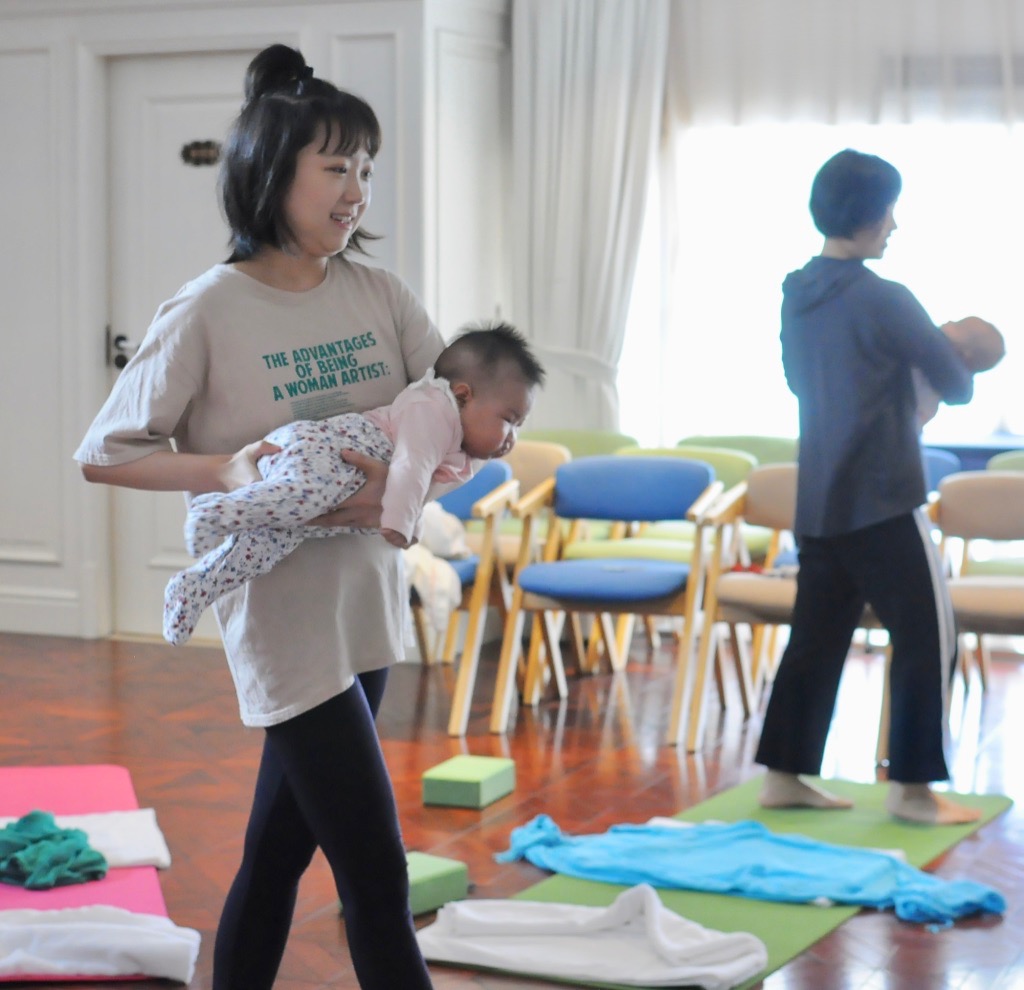
Teaching ergonomic ways of holding and feeding babies that become good habits while they’re still small helps prevent common postpartum discomforts such as neck and shoulder pain and stiffness, wrist pain and back pain. These are what we call “baby holds”- we have different names for different holds, and we also teach easier ways to pick babies up and put them down along with how to change baby holds whilst they are in the mother’s arms whether they are sitting or standing or moving around. Many people haven’t even held a baby once before they hold their newborn. These give new mums greater confidence in holding and handling their baby and greater variety in ways to hold them. This in turn gives babies an increased sense of security. These simple techniques become invaluable as babies grow heavier, potentially saving mothers from months of back and neck strain. Your early guidance creates a foundation of body awareness that serves women throughout their mothering journey by creating good habits of posture in their daily baby caring activities.
How Progressive Postnatal Yoga Helps Ongoing Recovery Through the Postnatal Year
All Birthlight Postnatal Practices are progressive meaning that classical yoga poses are selected for their particular benefits for postnatal recovery and broken down into their essential elements in progressive steps. This means that they can be practised easily by new mums to whatever extent is appropriate for where they are in their recovery. Whereas Yoga for Pregnancy focuses more on opening the body, breath and mind to accommodate the growing baby, in Postnatal Yoga the focus is on ‘closing the body’, coming back to spinal alignment, regaining strength and power, rebalancing energy, hormones and emotions.
Although the Postpartum period is generally considered to be the 6-8 weeks after birth for most women there are many more months of adaptation to their new life and gradual progression to full fitness whatever that may look like to each person.
For all these reasons in our Postnatal Yoga training we show you how to offer progressive practices and ways to think about whether someone is ready for the next step and more challenge rather than saying at 8 weeks everyone can do plank pose!
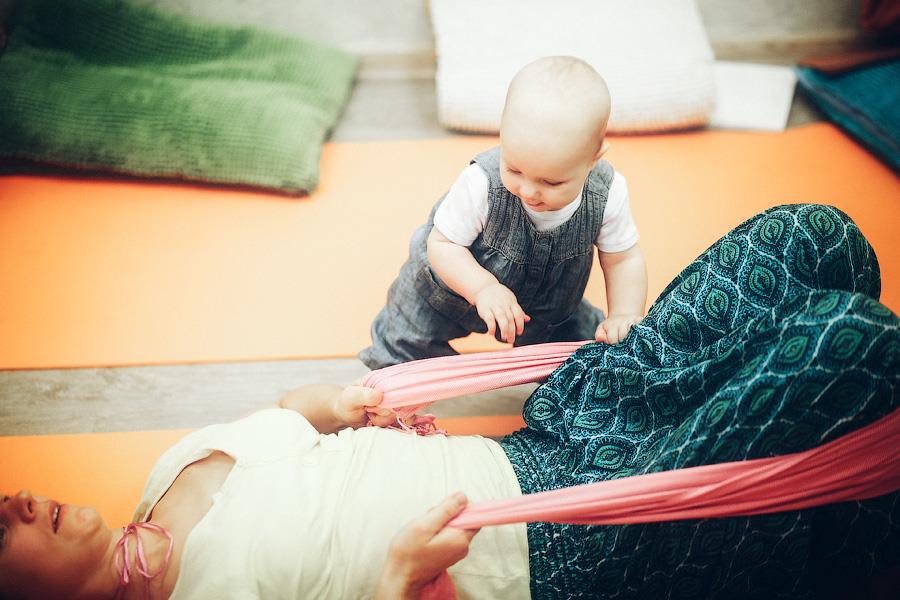
Create Meaningful Offerings
With postnatal yoga training, you can diversify how you share yoga through:
- One-on-one personalised sessions- home visits, or yoga spaces.
- Group classes with or without babies – daytime, evening or weekends
- Supportive circles for the “fourth trimester” – create local community, opportunities to make friends and form support networks
- Postnatal self-care days and workshops – some people even run postnatal retreats
- Gentle integration with baby massage or baby yoga
Nurture Ongoing Connections
Women who attend your prenatal classes can continue their yoga journey with you postpartum and meet up again with the friends they may have made in your pregnancy yoga class. This continuity creates a bond and adds a lot of satisfaction to your teaching, establishing you as a supportive presence through major life transitions.
Provide Essential fourth trimester Support When It’s Most Needed
Many new mothers receive minimal guidance on physical recovery after their six-week checkup. By offering informed postnatal yoga , you can provide a supportive community during a time when women often feel overlooked in their own healing journey as the focus totally shifts to how the baby is doing. They may even feel like giving up on their recovery through tiredness, parenting challenges, lack of support and encouragement and the cultural pressure ‘to get back to normal’. However, regular practice with people they know helps them to keep going and keep benefitting. In addition, as so many women come to yoga for the first time during their pregnancy it is wonderful to be able to offer them a class that will progressively lead them to enjoy a regular yoga too.
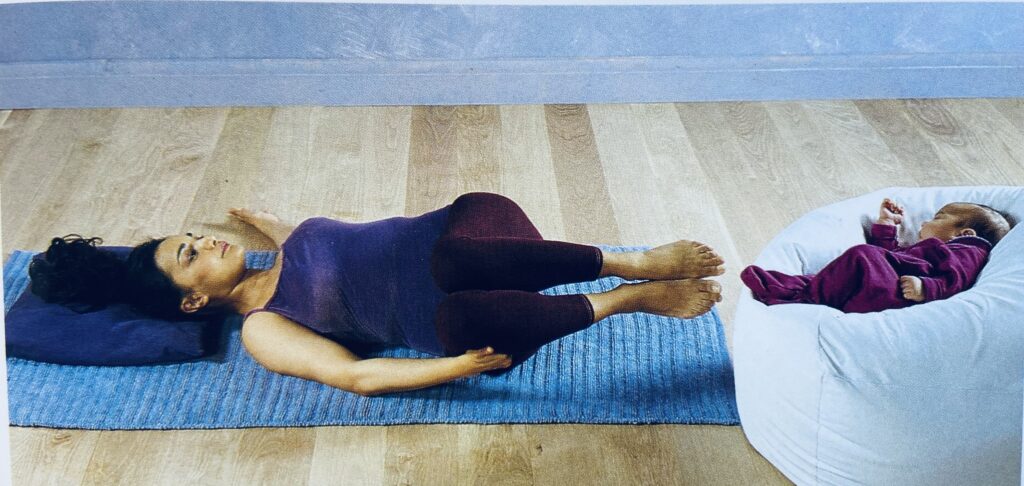
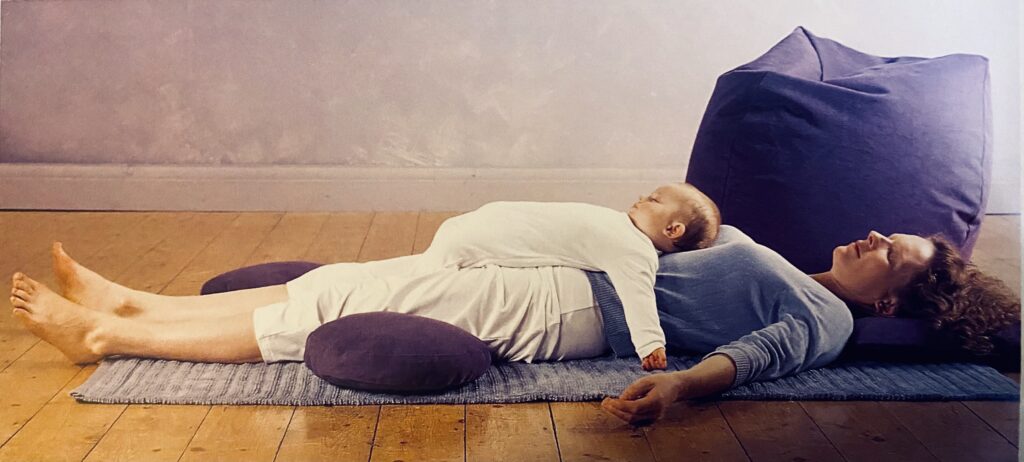
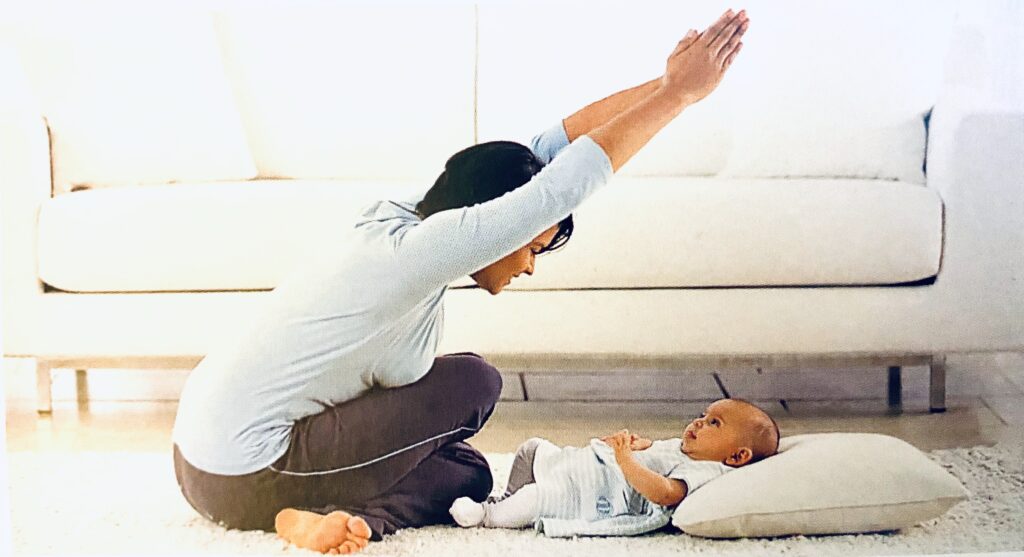
Honouring the Ayurvedic Golden Window
In Ayurveda, the first 42 days after birth are considered a sacred “golden window”—a critical period where proper care can influence a woman’s health for the next 42 years. This ancient wisdom recognizes that how a mother is supported during this time can prevent numerous imbalances later in life. As a postnatal yoga teacher, you’ll be equipped to honor this golden window with practices that support deep restoration, proper rest, and balanced energy during this pivotal time of vulnerability and potential.
The Birthlight approach recognises that proper postnatal recovery significantly impacts long-term health and wellbeing. Your classes will offer women practices that have been tried and tested that support their bodies’ healing process, regardless of their birth experience.
Why Women Will Be Drawn to Your Postnatal Yoga Classes
The Power of Nurture
Birthlight postnatal yoga is fundamentally focused on nurture—creating a foundation that supports both physical healing and emotional wellbeing. As their teacher, you’ll offer practices that honor the understanding that self nurture forms “a long-lasting base for core-tone as well as for developing a happy relationship with a growing baby and re-claiming oneself as a woman/mum.”
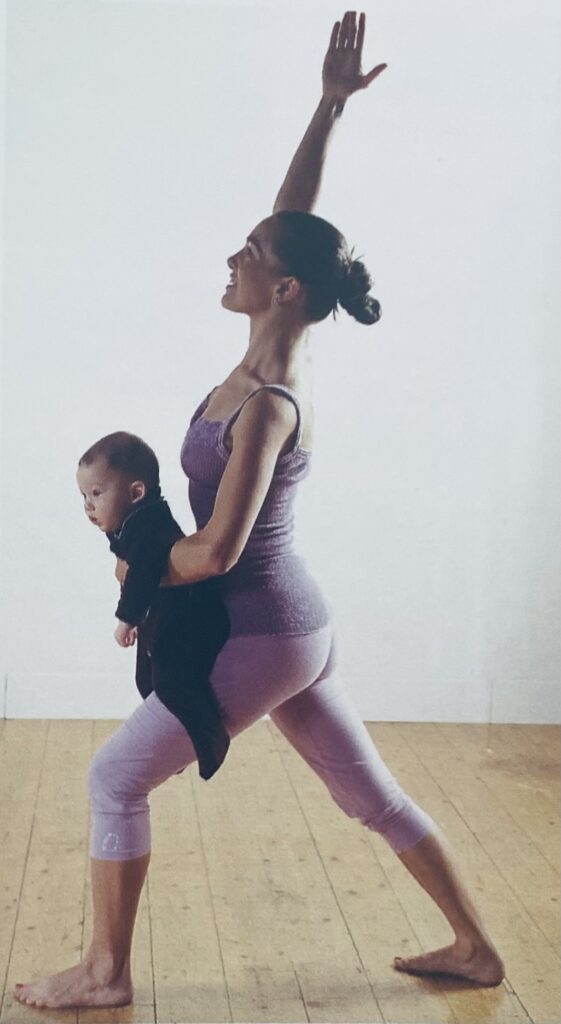
Beginning Where They Are—With Compassion, Not Expectations
The full repertoire of Birthlight postnatal yoga begins with such simple, gentle practices that women can start benefiting from them soon after birth with progression through the postnatal year. We respect the fact that the body went through 9months of incredible change and incredible adaptation during pregnancy. After birth the body needs time to for ligaments and fascia that stretched so much to regain strength and elasticity. Pelvic organs need to re-find their position in the pelvis. The proprioceptive system needs to adapt to the changed centre of gravity – balance is often wobbly in the first weeks. The spine and pelvis need to find and maintain alignment again. Muscles need to gradually strengthen. The nervous system needs regular cues to find equilibrium to counteract the inevitable effects of being on call to look after baby 24/7 and the mothering challenges that arise.
Unlike the cultural pressures to instantly “get your body back,” these accessible techniques offer comfort and support from the first vulnerable days and weeks through the postnatal year, meeting women exactly where they are in their recovery without judgement. The focus is on long lasting health and wellbeing- breathing to bring balance in body and mind, calm strength, energising and relieving stretching, deep rest in relaxation along with effective practices that can be realistically fitted into daily routines whilst caring for a young baby . Postnatal recovery with yoga can also begin later, even many months or even years later! The practices will still have great healing effects if someone never had the opportunity to go to a postnatal yoga class during the first year after birth or even much later. It may take a bit longer to feel the results if they miss the ‘golden window’ completely but it is still worth it, even if they are planning on having another child.
“Every woman progresses at her individual rate, depending upon many factors: how well she is after the birth, how dedicated she is to her yoga practice, how busy her life is, and how well the baby is settling down. Some days flow smoothly whilst others seem to snarl up. The most important thing is to do what you can – today. Yoga is totally non-judgmental, so to compare yesterday with today is pointless. Every day is an opportunity to progress towards greater pelvic strength, better alignment of the spine, deeper relaxation, more serenity and inner balance.”
Francoise Freedman
A Space That Honours Their Unique Postnatal Journey
Each postnatal experience is different. With specialised training, you’ll have the yoga practice repertoire to address varying recovery needs—whether someone had a cesarean birth, experienced tearing, or has diastasis recti—offering specific practices to help and modify practices based on their previous yoga experience.
Mum-Focussed Postnatal Yoga Classes But Babies Welcomed and Included!
Your classes can offer a much needed opportunity, strike a beautiful balance—including babies without requiring baby yoga or massage, thus ensuring mothers don’t need childcare yet can still have time to focus on their own healing. This unique approach allows women to set some time for self-care without feeling they need to wait until their baby is asleep or being looked after by someone else. That said, of course Postnatal Yoga is a natural combination with Baby Massage and Baby Yoga.
Community During a Transformative Time, creating spirals of joy
Practised in a circle, Postnatal yoga creates a sacred space for new mothers to connect with others experiencing similar challenges. Your classes stretch beyond the facets of yoga and into building a circle of support during a time when many women can feel lonely or isolated. This is what we refer to at Birthlight as creating spirals of joy- the knock on positive effects of practising yoga together that spreads benefits beyond the individual mum and baby pairs, as they flourish the benefits spread to other family members and friends and collectively in the group coming together each class.
Gentle Evolution Throughout the First Year
Your training will enable you to offer progressively supportive practices that evolve as women move through different stages of postnatal recovery—from the tender immediate postpartum weeks through the entire postnatal year.

The Gentle effective Path Back to Regular Yoga Practice
One of the most valuable aspects of specialized postnatal yoga training is learning how to lovingly reintegrate postnatal women into regular yoga classes. This knowledge helps you:
- Guide women confidently through their entire recovery journey
- Prevent common discomforts or imbalances that can occur when returning to regular practice too quickly
- Offer modifications that honour the continued healing process
- Create inclusive regular classes that welcome postnatal women
By training in postnatal yoga, you’re developing the expertise to support women during a crucial life transition while honouring the profound work of nurturing a new life. The Birthlight approach understands that proper postnatal recovery isn’t just about physical healing—it’s about fostering the mother-baby bond and creating space for women to reclaim themselves in their new identity as mothers.
As a postnatal yoga teacher, you become part of this sacred work—helping women nurture themselves in the midst of nurturing their babies, all the while gradually rebuilding core strength and rediscovering themselves in this new chapter of life.
Frequently Asked Questions about Birthlight Postnatal Yoga Teacher Training:
Do you have to have already trained in Yoga for Pregnancy to become a Postnatal Yoga teacher?
No, not at all. During the training we talk about how a woman’s pregnancy and birth may affect her postnatal recovery.
What if I don’t want to teach classes with the babies there- I think my women want time to themselves?
That is fine, but you may find that more women can come if they can bring their baby with them, otherwise they may have to wait until their partner is home or someone else can look after the baby.
Can you teach Postnatal Yoga in the evenings?
Yes, these are usually classes without babies so you need to think about when a suitable time would be. Also women tend to be more tired in the evenings rather than during the day or in the morning but it may be an ideal time for some women.
What happens if the babies cry?
Crying is inevitable at some point, babies cry to communicate. Babies are welcomed, not ignored so if they need feeding or changing, or picking up at any time we encourage mums to do so at any point during the class. They just join back in when they can. We can facilitate a good relaxed feeding position and they can do some breathing practice whilst they feed for example. Sometimes babies just want a change of view- and you might choose to do a practice where everyone picks their baby up- there are lots of ways we can entertain the babies whilst we practise! We also discuss this on the course.
Can you teach Postnatal Yoga one to one?
Yes, and if it is early after birth this is the best way. After a vaginal birth without complications we recommend that new mums spend at least the first week mostly in bed and the second week mostly on the sofa. If their birth experience was more challenging and there was any surgery, tear or cut, or infection then recovery will take longer. So then 1:1 classes visiting them in their home is ideal to start them off very gently.
Won’t it be too gentle for someone who has practised yoga for years?
Even those who have practised for many years need progressive practices instead of jumping straight back to everything they were doing before. How fast they progress is very individual. We teach many small steps to progressively adding more challenging practices so that women don’t jump to more complex practices too fast and then for example overstretch or provoke PGP or lower back pain and end up having to go back to the ‘beginning’ again. Our course covers offering different practices for different women in your classes according to their needs.
See when our next course is on our training calendar: https://birthlight.com/training/
